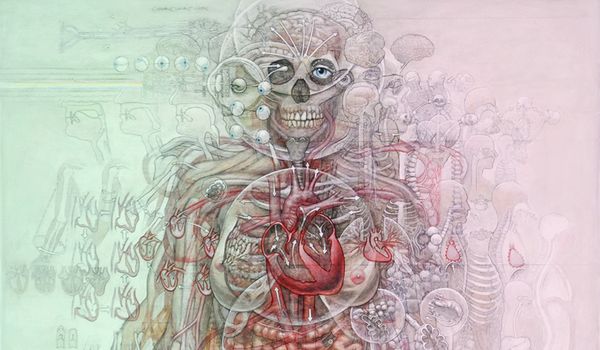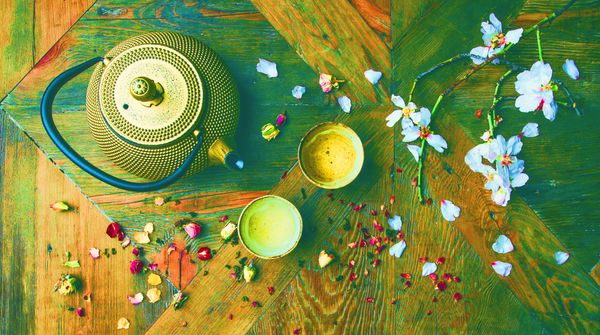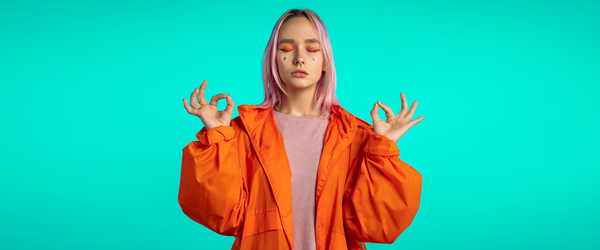Joe Dixon • • 5 min read
Remindful Art: A Spiritual Tool That Helps You to Wake Up, Let Go, Be Here, and Breathe
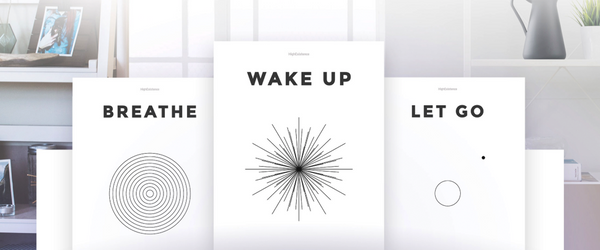
We’ve just created a beautiful self-improvement tool that simplifies spirituality by reminding you to stay mindful throughout the day.
But before I get to that, let’s take a quick look at why you might want to cultivate more mindfulness.
These words of the Buddha, if taken as seriously as they were intended, include as much wisdom and instruction on the art of living as any library full of modern-day self-improvement books:
Whether going out or returning, the yogi acts with full attention.
Whether looking ahead or looking around, he or she acts with full attention.
Whether bending an arm or straightening it, he or she acts with full attention.
Whether defecating or urinating, he or she acts with full attention.
Whether walking, standing, or sitting; whether resting or awake; whether talking or silent, he or she acts with full attention.
Paying attention to The Now is simple. All you have to do is gently remind yourself to be here, breathe, and let go of your attachment to whatever dream is playing out in your head.
But it’s not easy to wake up from being lost in thought. If you’re lost in something, by definition, you don’t know where you are.
But worse than that, not only are you lost, you don’t know that you’re lost. The very thinking mind that you would ordinarily use to help you get out of a maze, takes you deeper inside when that maze is your own mind.
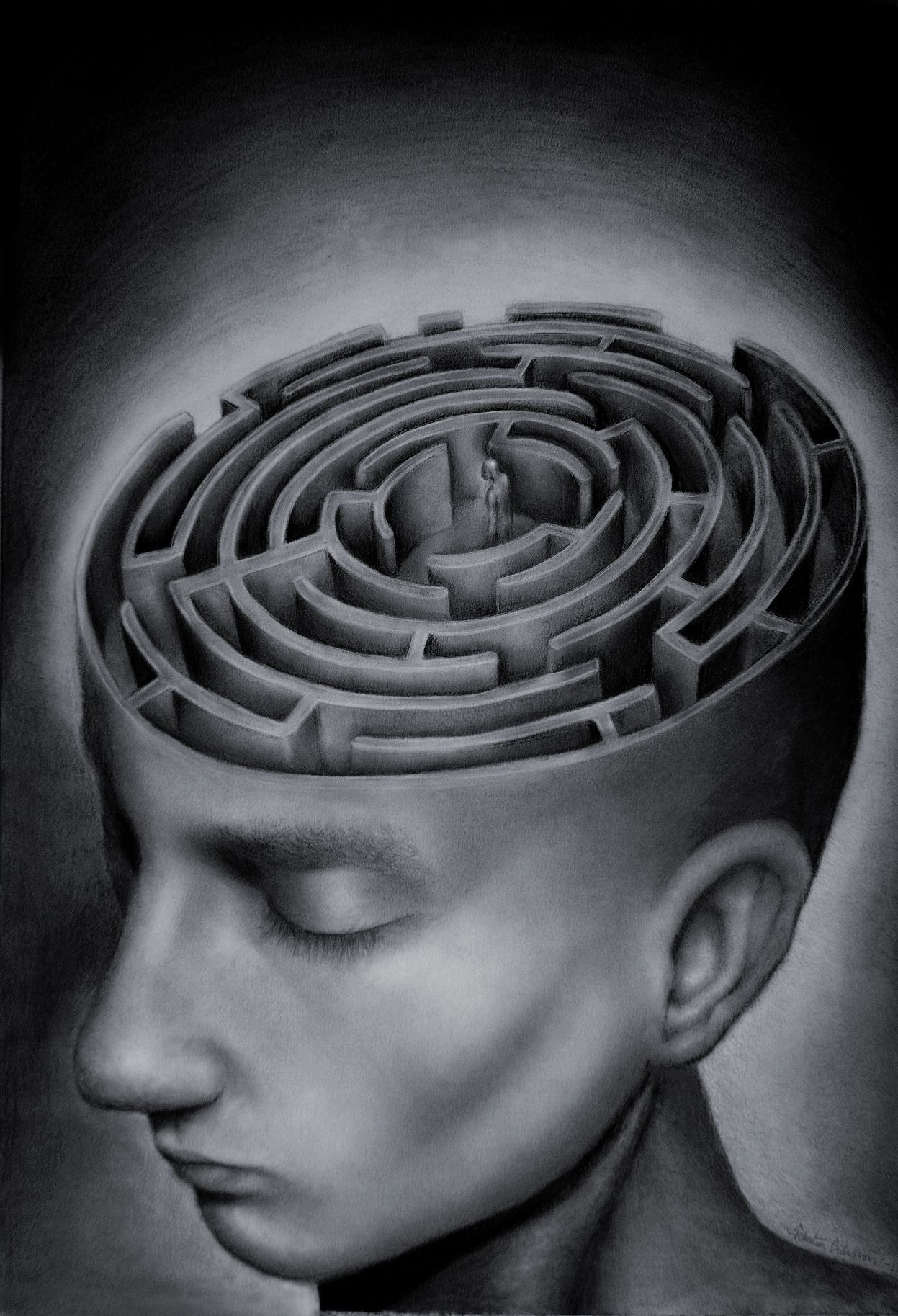
Sometimes being distracted can be a pleasant sensation—a kind of happy half-conscious dream in which you find sexual gratification or win an argument with an annoying neighbor. The problem is, of course, it’s not real and the feelings you get aren’t substantiated on anything real either. It’s like congratulating yourself after completing a video game only to realize your actual life is falling apart.
Usually, though, our distractions leave us feeling dissatisfied.
Larry Rosenberg in his book Breath by Breath tells a story about this psychological phenomenon:
One time when I was visiting a friend, he kept playing with his dog, throwing a plastic bone for the dog to go fetch. It not only wasn’t a real bone, it wasn’t even a convincing fake; pieces of meat were painted on the plastic. Yet no matter how many times he threw the bone, the dog ran after it, with great excitement. He kept chasing this plastic bone, which had no nourishment whatsoever, as if it could somehow satisfy him. Suddenly I realized: that’s my mind, chasing after thoughts. The mind doesn’t think it’s chasing a plastic bone with pieces of meat painted on it, of course. It thinks it’s pursuing something that will have a vital effect on its life. But if we look more closely at the objects that the mind chases, we notice a similar lack of nourishment.
Beyond the downsides of this lack of nourishment, Sam Harris says, “having a concentrated mind — that’s not getting lost in thought — is just intrinsically pleasurable. It’s intrinsically blissful. It’s the emotional bass note of all the good drug experiences.”
Why?
William B. Irvine in his book On Desire explains the difference between an enlightened individual’s experience and an individual lost in thought:
When, for example the unenlightened person is stuck in traffic, he will likely sit there in a distracted state of mind. He might experience anxiety about being stuck—and of course it is pointless anxiety, since there is nothing he can do to get unstuck.
[…]
The enlightened person, in the same situation, might instead contemplate the sky. It is not only blue but a beautiful blue that changes from hour to hour, and it is typically populated with clouds of varying shape, color, and texture.
[…]
The enlightened individual will become a master of inconspicuous consumption, as compared to the conspicuous consumption in which most of us revel. While drivers around him are experiencing boredom and anxiety, the enlightened driver might experience bliss.
To be able to experience the most simple trivial events with the same attention and awe as you would a breathtaking sunset or a physics-defying magic trick makes the whole of life so incredibly rich.
There are also many well-researched scientific benefits of mindfulness that indicate it literally changes your brain and subsequently your experience of reality.
The Mindfulness Paradox
Most people who learn about the benefits of mindfulness agree that it is worth cultivating. So then the question becomes: how do we cultivate mindfulness?
Remember, if we are lost in thought, we don’t know we are.
One of the most popular ways to cultivate mindfulness is meditation.
Meditation works by training “remembering” muscle which tells you to come back to the present moment. By repeatedly “remembering” to come back to your breath you get better at noticing when you’ve become distracted.
A distracted state is the same for all meditators, but the length of that distracted state is typically much longer for the amateur meditator. It’s not uncommon, in fact, for the new meditator to be lost in thought for the entirety of their meditation practice and not even realize.
But while meditation is a fantastic training, unless you’re a monk, you spend far more time off the cushion than on it.
So what then?
To cultivate mindfulness in daily life we need physical reminders in our environment to pull us out of distraction.
When I was studying mindfulness I achieved this by sticking post-it notes around my home with the words “Wake Up” written on them. Whenever I would encounter one of these I would simply drop whatever narrative I was running in my head and come back to what it was that I was doing.
This went on for a few weeks before the people I was living with started to ask questions…
“Why are there all these yellow notes around the house?”
This is why we created…
Remindful Art
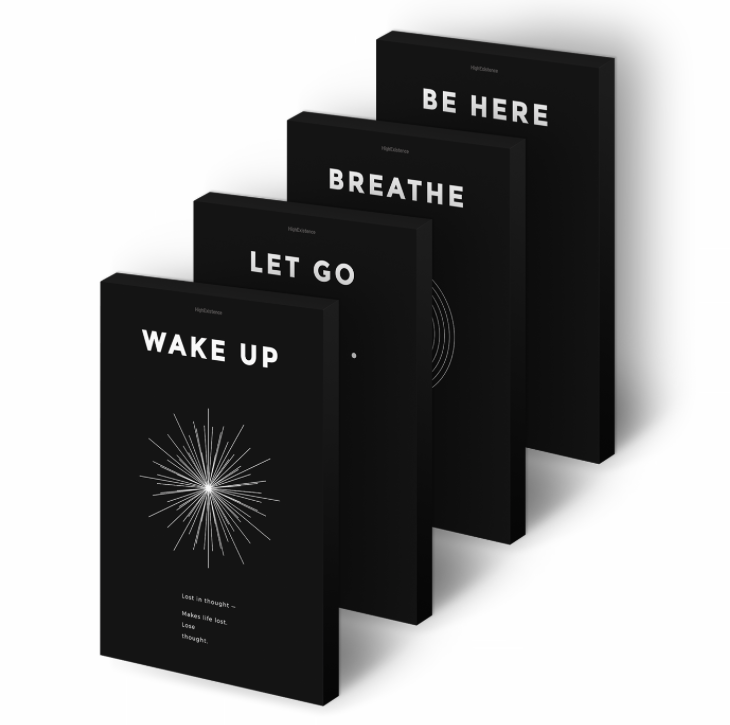
Remindful Artworks are practical tools designed to remind you to be mindful.
Inspired by the powerful simplicity of haikus, koans, and Zen paintings, we created each artwork in a modern, minimalist style.
Each piece contains a powerful mindfulness mantra, a visual symbol of the mantra, and an illuminating haiku-inspired poem to speak to something deeper than your mind.
Learn more about Remindful Art here.
How to Use Remindful Art
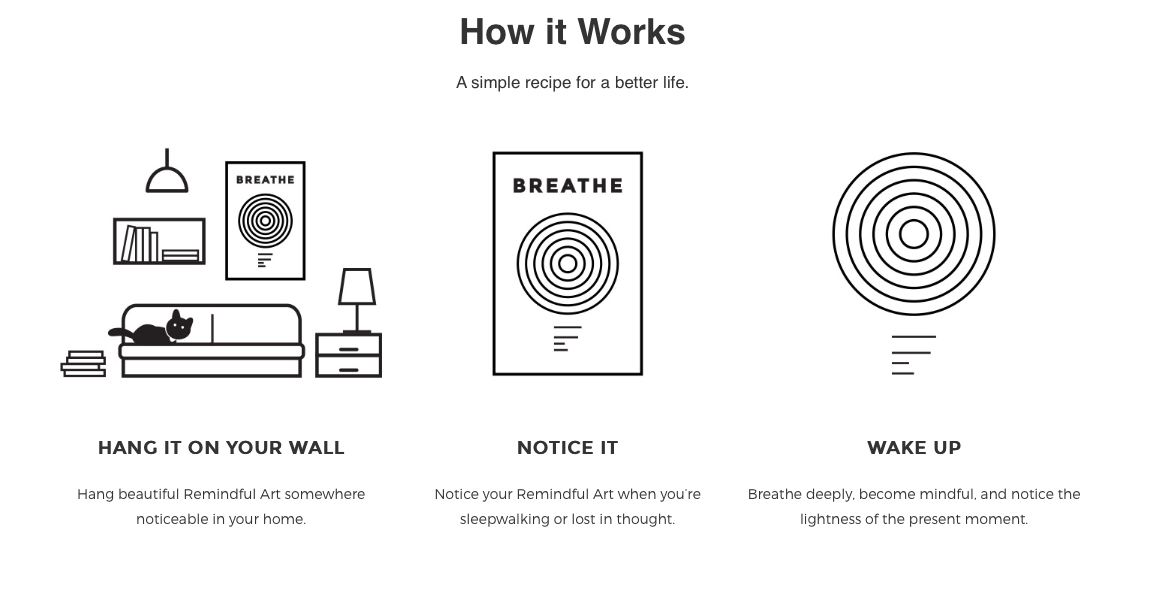
If you think of stability of mindfulness as your stability in drawing a straight line, you’ll see that it may be a little shaky at first

But when you add a few mindfulness reminders throughout the day…

A mindfulness momentum is developed, helping you to maintain effortless and stable mindfulness.

Remindful Art is the perfect way to help you cultivate this momentum.






